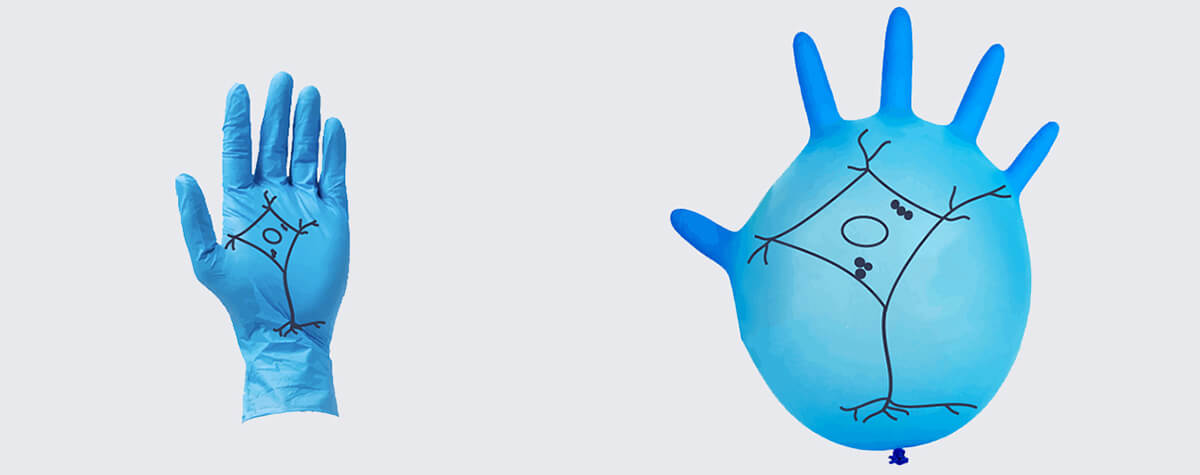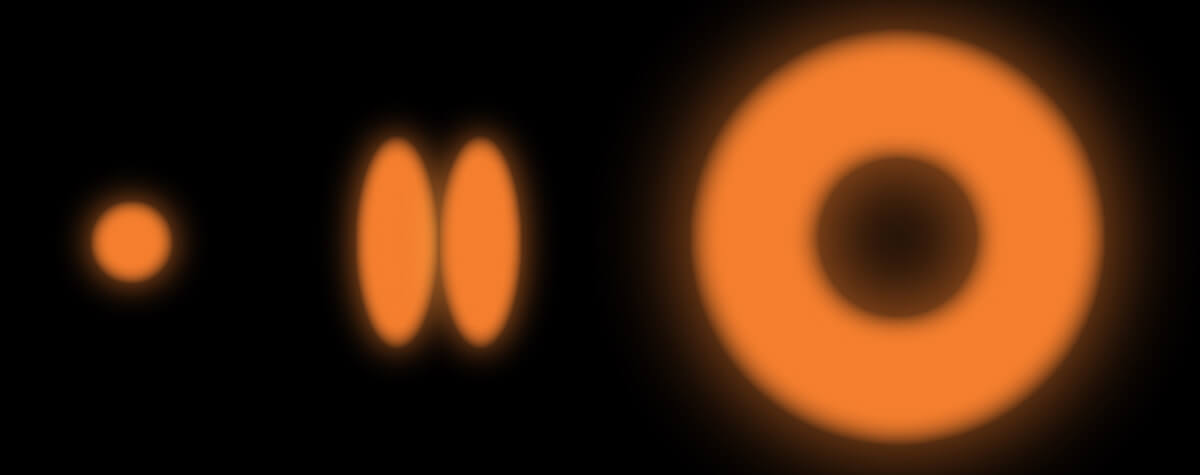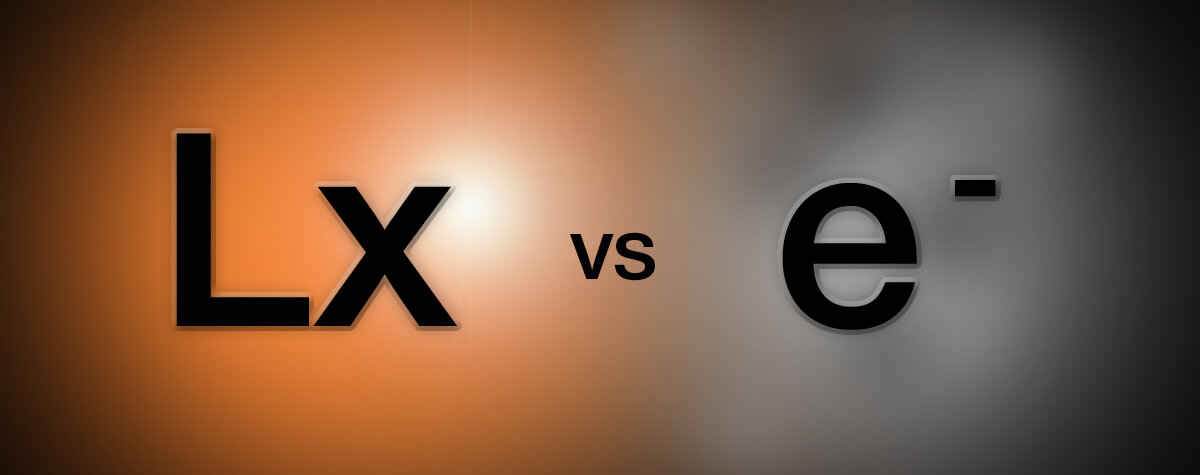What is the resolution of a STED microscope?

STED can far exceed the resolution of a standard confocal microscope, which is limited to about 200 nm by diffraction. A moderate resolution increase is readily achievable with standard protocols. Going all the way requires some effort, but the payoff is remarkable. Are you ready to unlock the nanoworld? Details >










